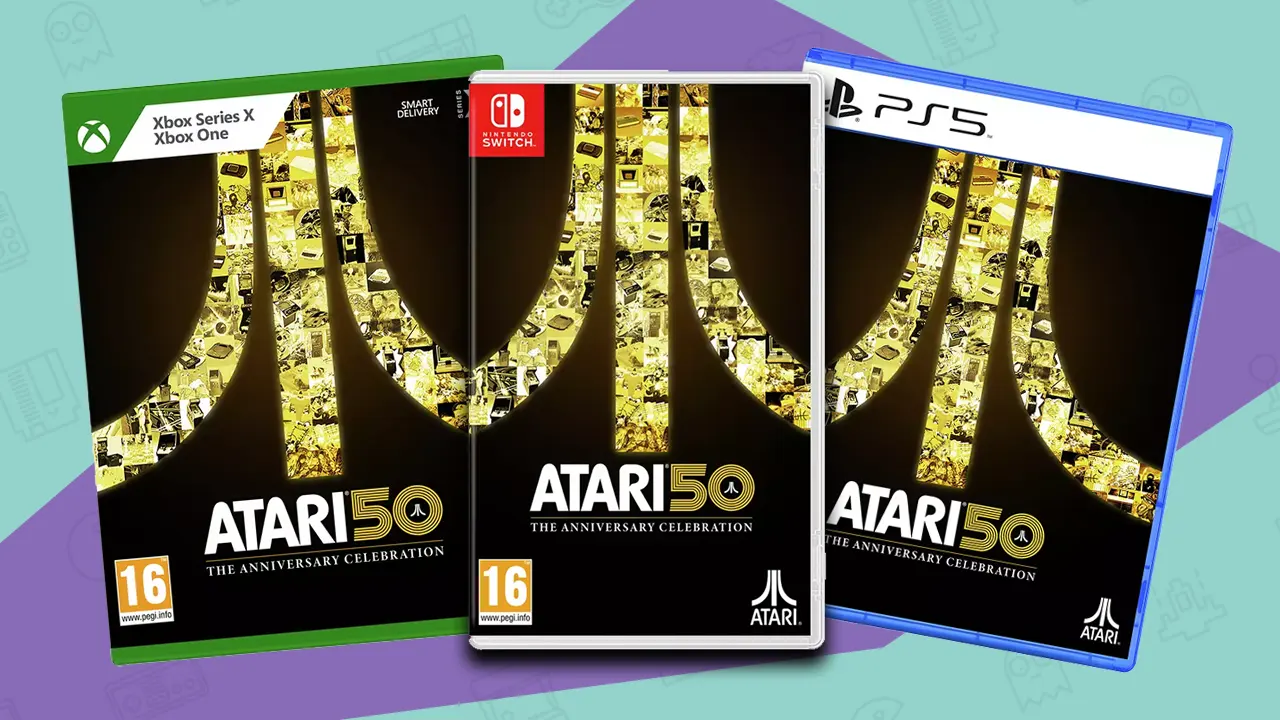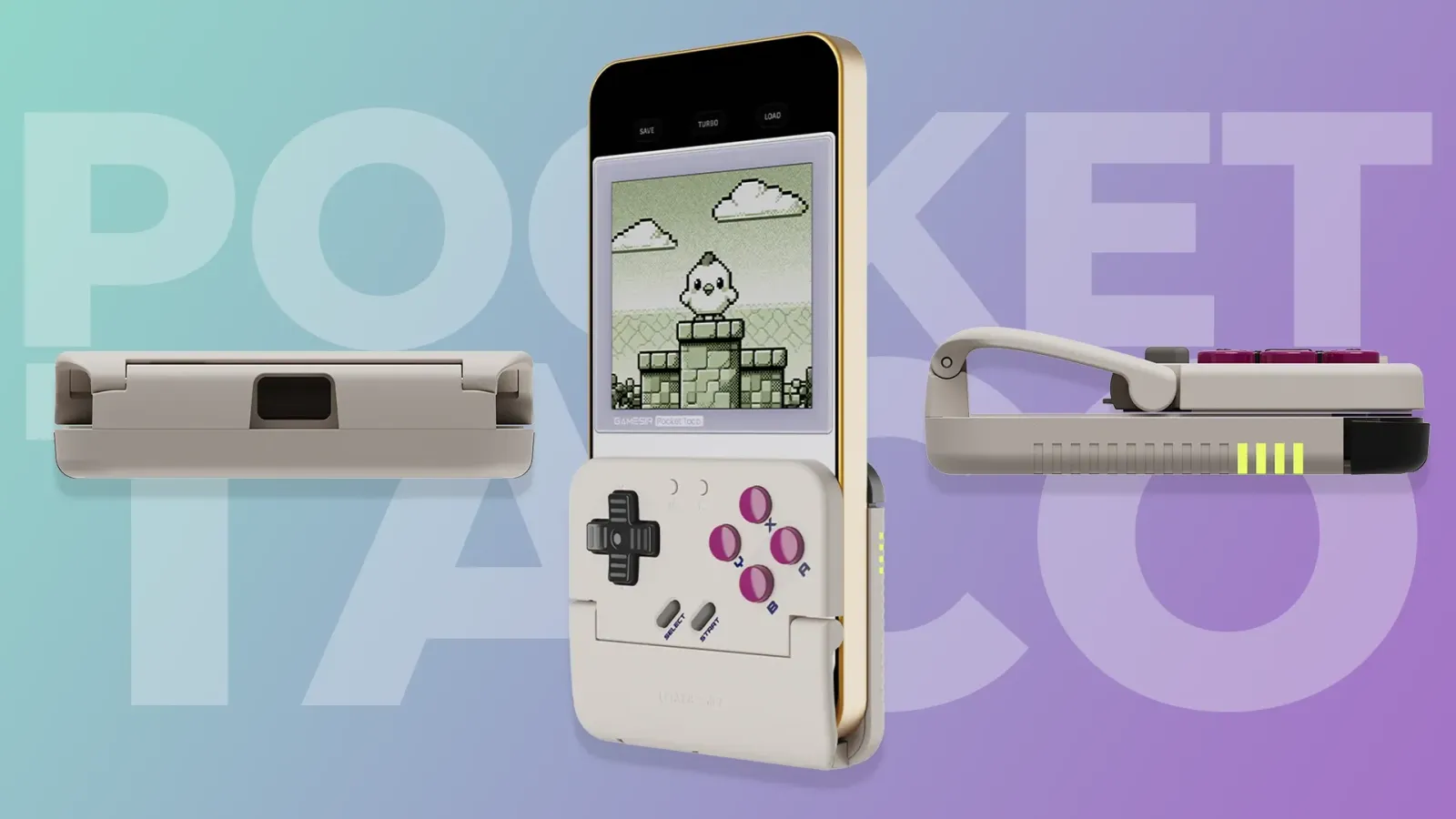Join us as we celebrate 50 years of Atari and dive into the official Retro Dodo Atari 50 review!
Retro-game compilations are two a penny on contemporary consoles and home computers, but every so often an exceptional example breaks free of the slew of throwback sights and sounds to represent a must for players young and old.
Atari 50: The Anniversary Collection is one such release, its makers at Digital Eclipse not content with assembling a collection of Atari games from the iconic gaming brand’s earliest arcade success with Pong through to six all-new productions, instead arranging this set’s contents as a fully interactive museum stuffed with new interviews, design sketches and promotional art, insightful quotes and much more.
Players can dive straight into any of Atari 50’s 98 ready-to-go games – five unlockable titles take the total here to 103.
But the encouraged approach is to begin at the beginning and follow a timeline from the company’s earliest days (complete with some fascinating footage of Pong machines in production and Atari co-founder Nolan Bushnell speaking about the potential for these electronic playthings to become a dominant entertainment medium) through to the Jaguar console and a light sprinkling of more contemporary information on the brand.
This 21st century content, highlighting the recent VCS console and the 2600 homebrew scene alongside some reflective comments from Bushnell and Ready Player One author Ernest Cline, is unlikely to be a significant draw for many though.
And it’s no surprise that the vast majority of playable attractions are drawn from the 1970s and ‘80s.
But what games are included in the compendium, and how do they fit into a modern world? Let’s kickstart this official Atari 50 review and find out!
Atari 50 Review: An Interactive Museum Well Worth The Entry Fee
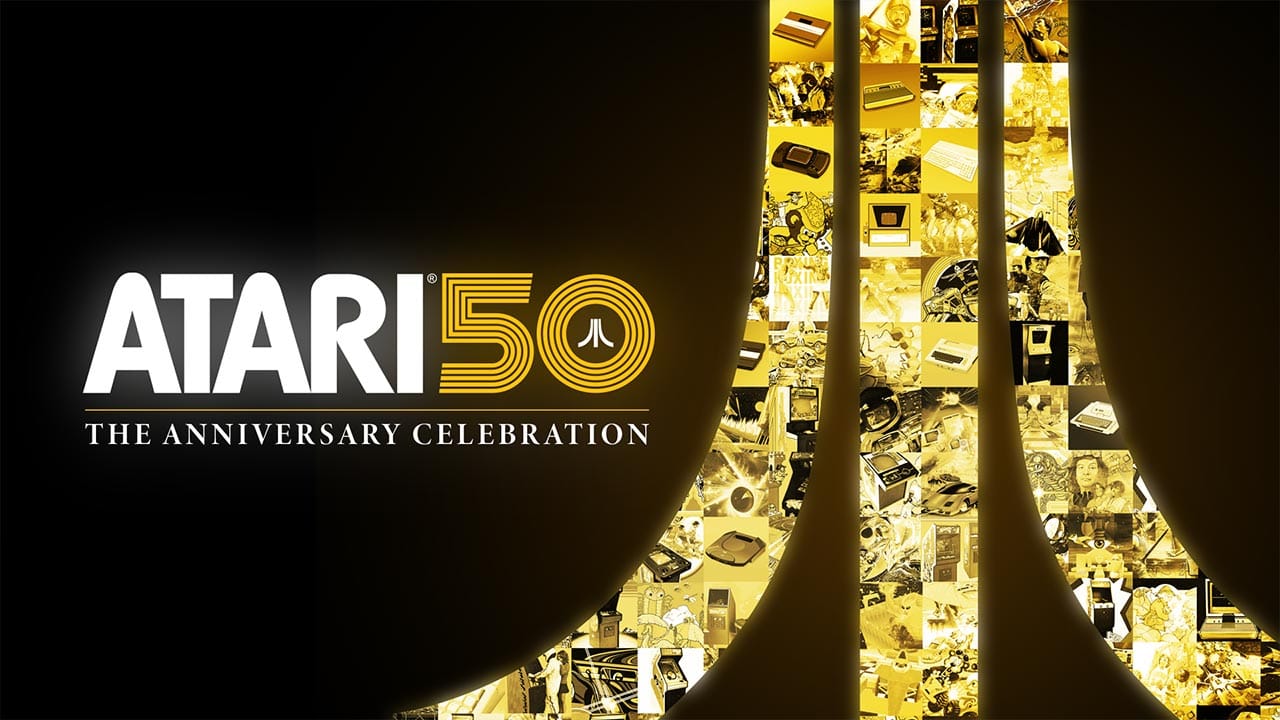
Pong is the first playable title – not the first video game ever made of course, but the game with which Atari made its name.
It’s also the game that really underpinned the company’s coin-op success to follow in the ‘70s.
“The game that launched an industry,” is Atari 50’s summary of this iconic bat-and-ball ‘em up, a game so simple that it was playable with just one hand (leaving the other free to hold your pint or cigarette), and a game that was only made as a test run for something bigger by Atari engineer Al Alcorn.
Little did he know at Pong’s moment of creation what he’d birthed. But beside the option to play the game is the legendary story of the Andy Capp’s-installed Pong cabinet that was reported broken only to be found over-stuffed with quarters by Alcorn himself, as told by Alcorn himself, thus proving that this was a machine with huge appeal.
Soon after Al come more hugely important figures not only in Atari’s story, but that of video gaming’s evolution, all featured in new interview material.
Eugene Jarvis, once of Atari’s pinball division but better known for creating Defender, Robotron 2084 and Smash TV at Williams, recounts how Atari would distribute marijuana via manilla envelopes, and how someone was practically employed there as the in-house dealer.
Tim Schafer, of LucasArts and Double Fine fame, talks positively about the handheld Lynx console; and engineer Jerry Jessop is less kind about Atari’s follow-up to its breakthrough VCS/2600 home console, the bloated and poorly manufactured 5200, calling it “a tragedy” and “a good idea gone horribly wrong”.
Initial Reactions
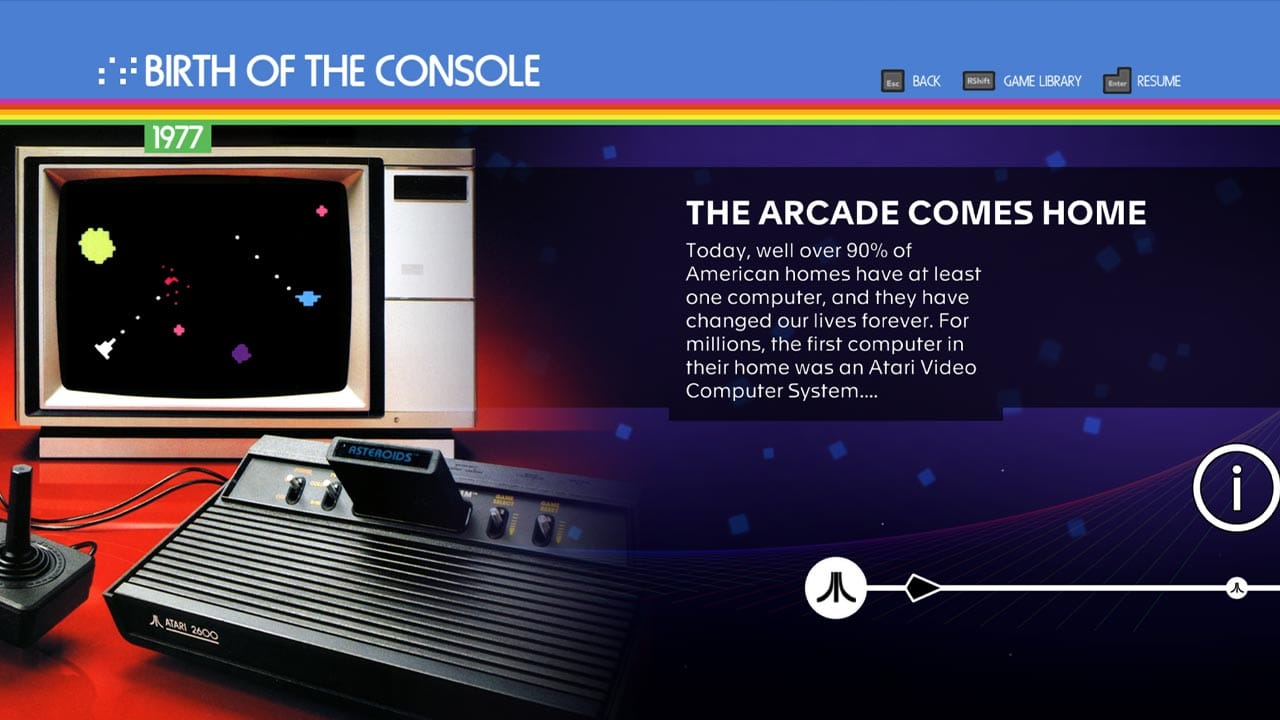
What’s refreshing about this sort of take is that it’s indicative of a wider tone across Atari 50’s array of interviewees and written snippets. The rough is recounted along with the smooth, which it should be given Atari’s commercial collapse in the 1990s.
But it wasn’t a certainty given this is foremost a celebration of what that name has meant to gaming, and millions of players worldwide.
If there’s a disappointment to be levelled at the on-camera anecdotes and archive imagery, it’s that this is all fairly Atari 101 stuff.
Which is fine, and expected – it’s largely a surface retelling of stories you might already know, delivered by a starry cast that this collection’s makers should be proud of assembling.
Very Netflix’s ‘My First Retro Game Show’ sort of vibes.
But there are omissions that really do deserve a mention, such as how the Lynx was the Epyx Handy before Atari bought it and slapped its own branding on the handheld system, a full-colour alternative to Nintendo’s Game Boy and SEGA’s Game Gear in the late 1980s and early 1990s.
The twin 32-bit chips inside the Jaguar, Tom and Jerry, are given a brief spotlight but without any further context on how their presence allowed Atari to market the console as a 64-bit system.
There’s no mention whatsoever of the cancelled Panther hardware, a platform developed alongside the Jaguar until it was , despite there being space afforded to other abandoned projects like the Jaguar’s VR headset and the Cosmos, a mains-powered handheld console intended for release in the early 1980s.
The Gift That Keeps On Giving
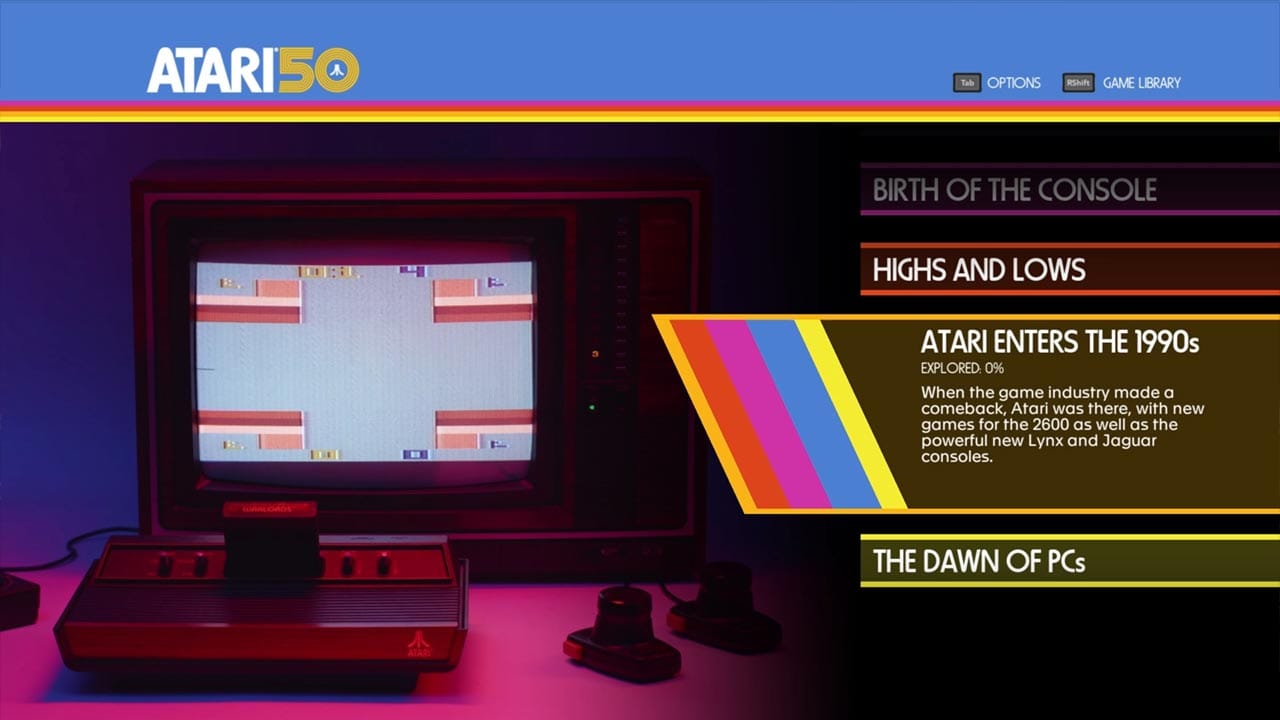
But to dwell upon what isn’t here is perhaps unfair given the incredible bounty of what is. Because the good stuff comes quick, and it just keeps on coming.
Starting with the never-before-seen, anyone who played a Swordquest title in the early 1980s will be over the moon that Digital Eclipse have found a way to finish off the adventure series, as Swordquest: Airworld is one of the six new games on show here.
Amongst the other fresh delights is Haunted Houses, a modernised take on the 2600’s Haunted House which is capable of delivering a decent jump scare (look for a classroom on the tutorial stage, as it’ll unlock one of those hidden games); Neo Breakout, a time-bending blast of block-busting goodness; and VCTR-SCTR, which remixes Asteroids, Lunar Lander and Tempest into a testing mix of precision shooting and even-more demanding descending.
Quadratank (based on Tank) and Yar’s Revenge Reimagined make up the sextet of superbly realised modern revivals.
The expected arcade classics line up as you’d expect them to: after Pong there’s Breakout, Asteroids, Missile Command, Centipede. Then there’s the exceptional Quantum (a new favourite for me with its looping lines and trapped stars), Crystal Castles with Bentley Bear leaping about the place (long before he slipped into the driver’s seat for Atari Karts on the Jaguar – which shows up later), the polygonal pioneer of I, Robot, Cloak and Dagger, Food Fight and more.
Every game comes complete with a single save state, screen and filter options, border selection, and a flyer to gaze at when not playing,
And this save functionality continues over to the console and home computer titles too, although there’s no rewind option at all, a feature that’s fairly ubiquitous across other retro collections.
Introducing the Atari 2600
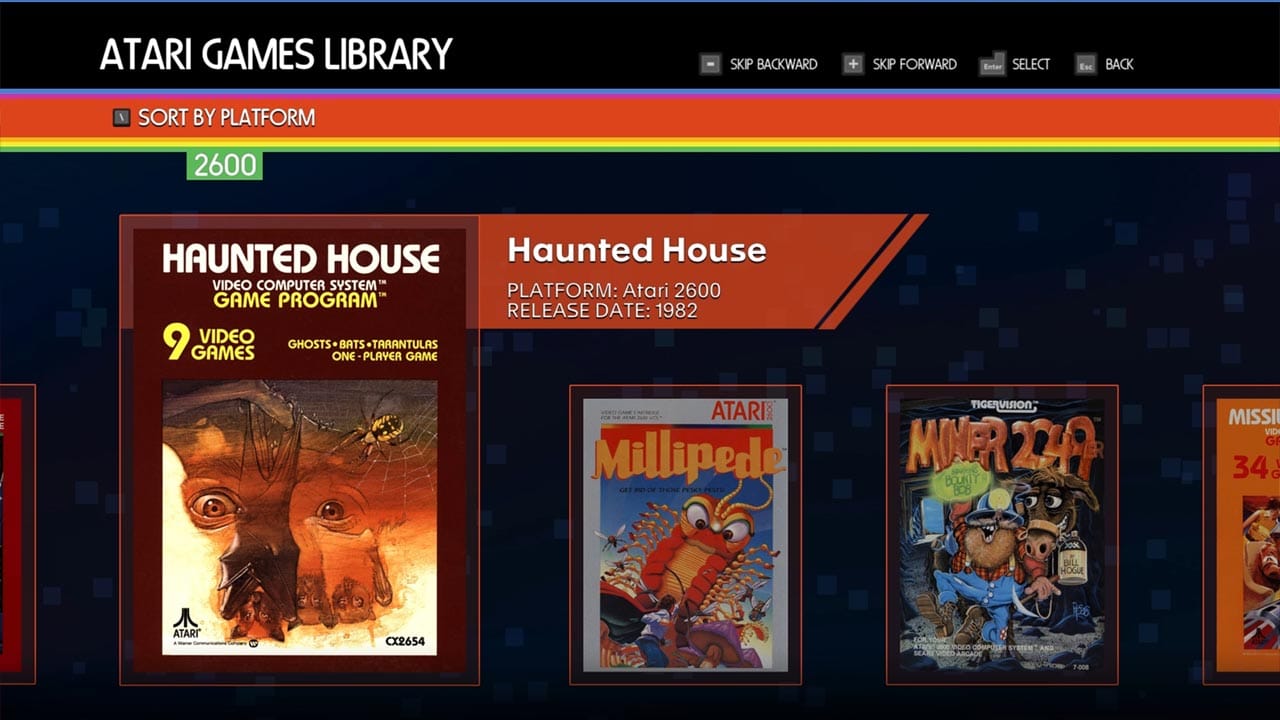
After this race through Atari’s arcade highs, 50 shifts from going outside to enjoy its wares to staying in with the VCS – later rebranded the 2600.
Howard Scott Warshaw, programmer of Yar’s Revenge, calls the console “the thing that made video games a worldwide phenomenon,”.
And he’s not wrong – this machine, across its various models, sold in excess of 30 million units from 1977 through to its early 1990s discontinuation.
That figure ranks it higher than the GameCube, the original Xbox, SEGA’s Master System, Saturn and Dreamcast in the all-time highest-selling consoles chart.
Its rivals in the late 1970s and early ‘80s, the likes of the Intellivision and Colecovision, couldn’t get near the VCS commercially, even while offering players superior hardware.
The best Atari 2600 games here include Combat, the landmark fantasy of Adventure, RealSports Soccer and Tennis, and conversions of Atari’s arcade hits like Crystal Castles, Missile Command and Asteroids.
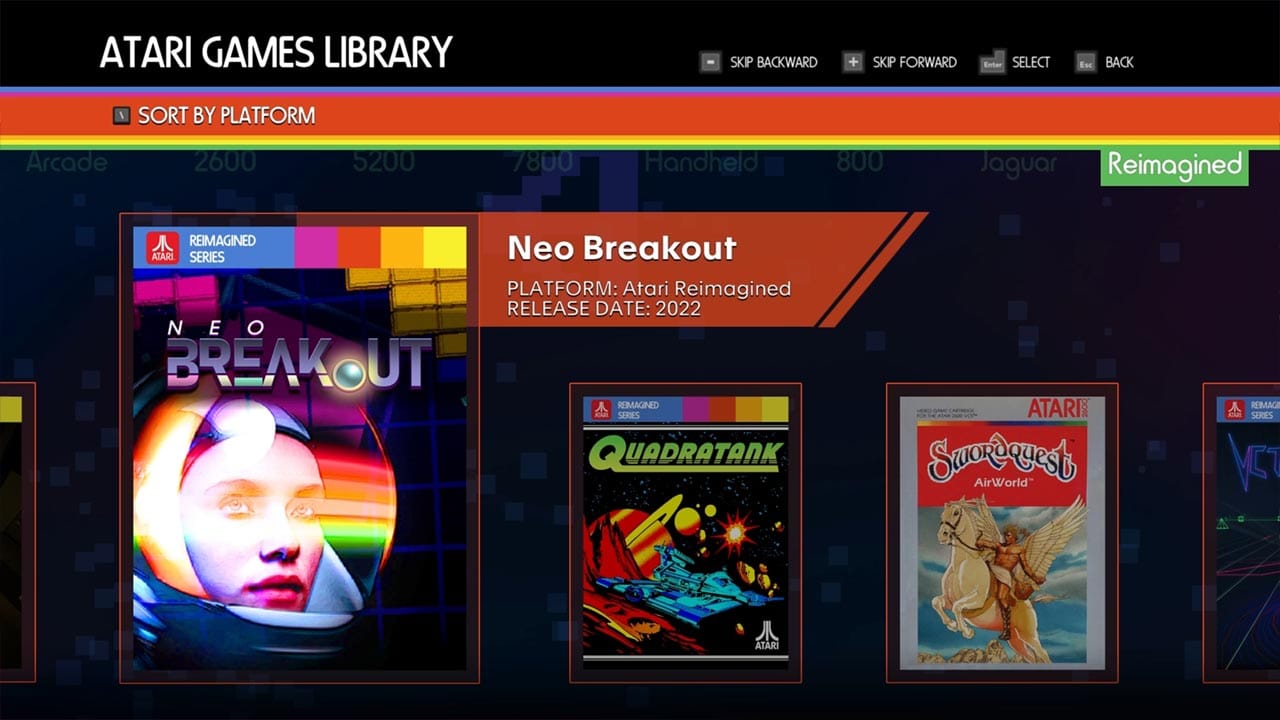
Enter the Atari 5200, 7200, Lynx, and Jaguar
Only five games for the 5200 are playable on Atari 50, seven from the best ATARI 7800 games, and five from the Lynx. That’s slim pickings indeed, but perhaps understandable given that Atari was far less of a force when that last two of these systems were available, overshadowed by the might of SEGA and Nintendo.
The 8-bit Atari 800 computer and its accompanying XE console are represented by four old games, including the downward-scrolling shooter Caverns of Mars, as well as the 2007-made ‘tunnel jumper’ Yoomp!, illustrative of how these platforms were playgrounds for designers long after their retail availability.
Nine Jaguar games make the cut, including three of the console’s four launch games: the 3D shooter Cybermorph (supposedly a carry-over from the cancelled Panther), Evolution: Dino Dudes (aka The Humans, a Lemmings-like puzzler), and the sideways-scrolling shooter Trevor McFur in the Crescent Galaxy.
Only Cybermorph really looks like a game for a then-next-gen system, and the Jaguar soon found itself home to a number of 16-bit ports that failed to make the most of those Tom and Jerry innards.
Digital Eclipse’s Attention to detail is impeccable on a set featuring old favourites and all-new remixes
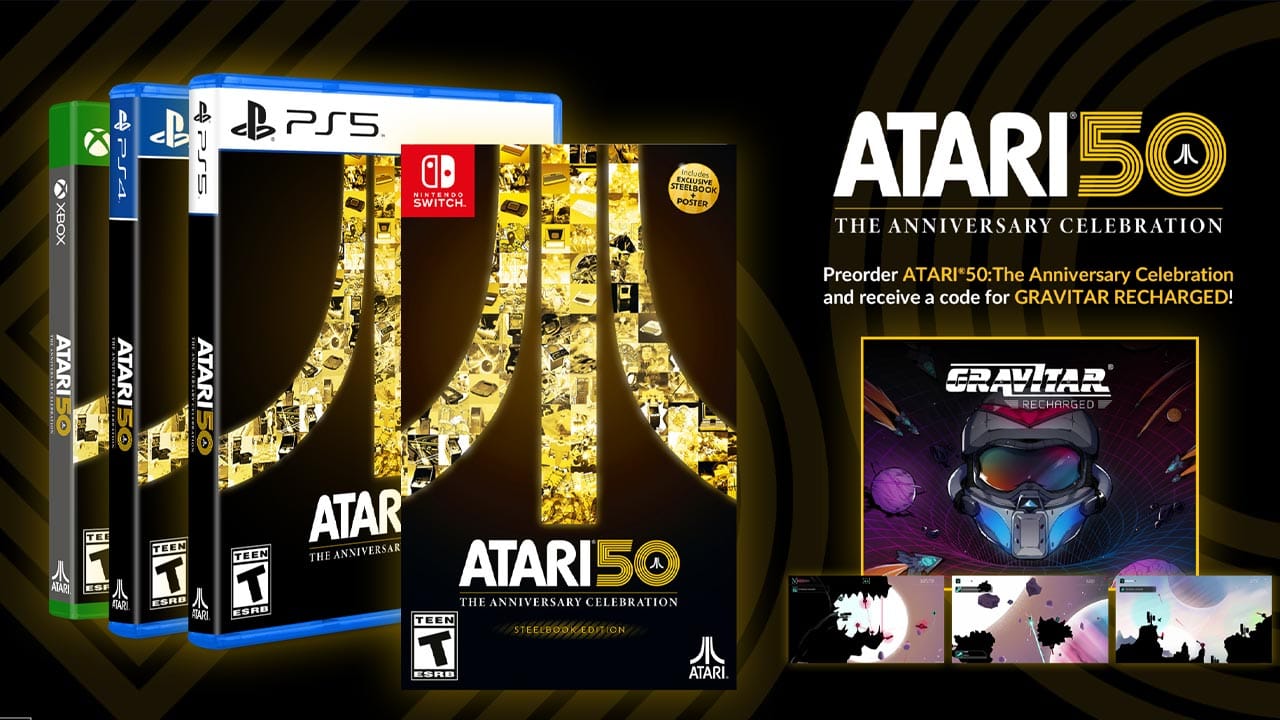
For its huge number of playable games and overall presentation, Atari 50 sets a new high standard for this kind of collection.
Digital Eclipse had already set a high bar with The Cowabunga Collection earlier in 2022, Compiling old Konami-made Teenage Mutant Ninja Turtles games alongside a raft of extras.
But this release absolutely goes the extra dozen miles or so. Granted there are so-called killer apps missing, but the licensed likes of Pac-Man for the 2600 (a bad version, but a notable one nonetheless) and the Jaguar’s Alien vs Predator were always unlikely to escape the red tape and show up here.
The more you explore – watch, read and play – the higher your completion percentage goes up in Atari 50 – and yes, there’s a reward for hitting 100%.
So dig in, enjoy, despair, laugh, and think about how gaming today might be had Atari not been a major early player. As while it’s one thing to get your video games history from YouTube and Wikipedia, playing it is so much better, and Atari 50 should be a compulsory experience for anyone looking back at this medium’s formative and foundational years.
Reviewed on Nintendo Switch with code provided by the publisher.


